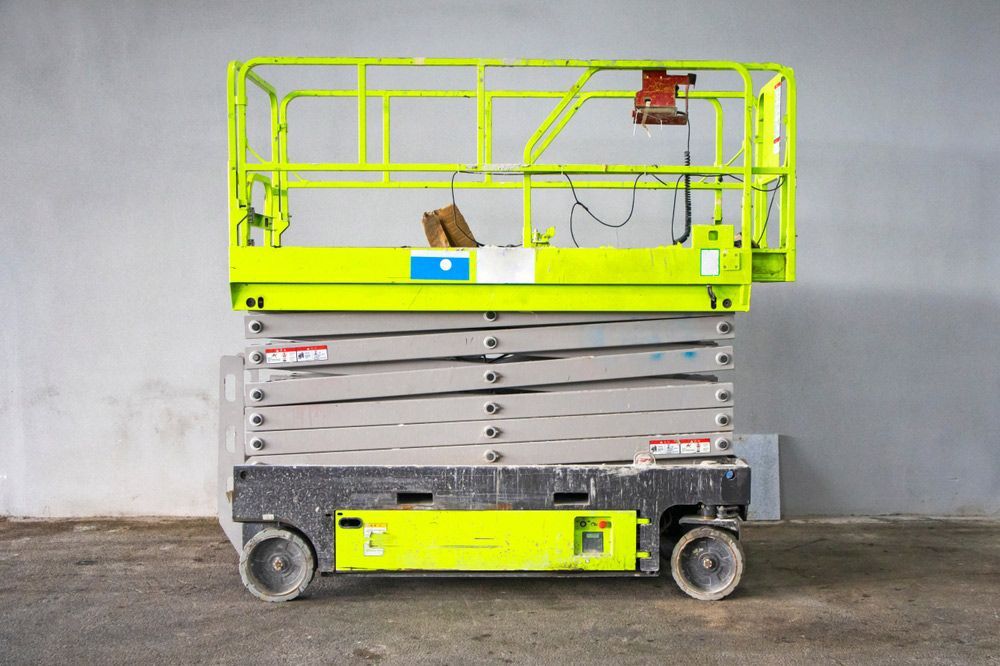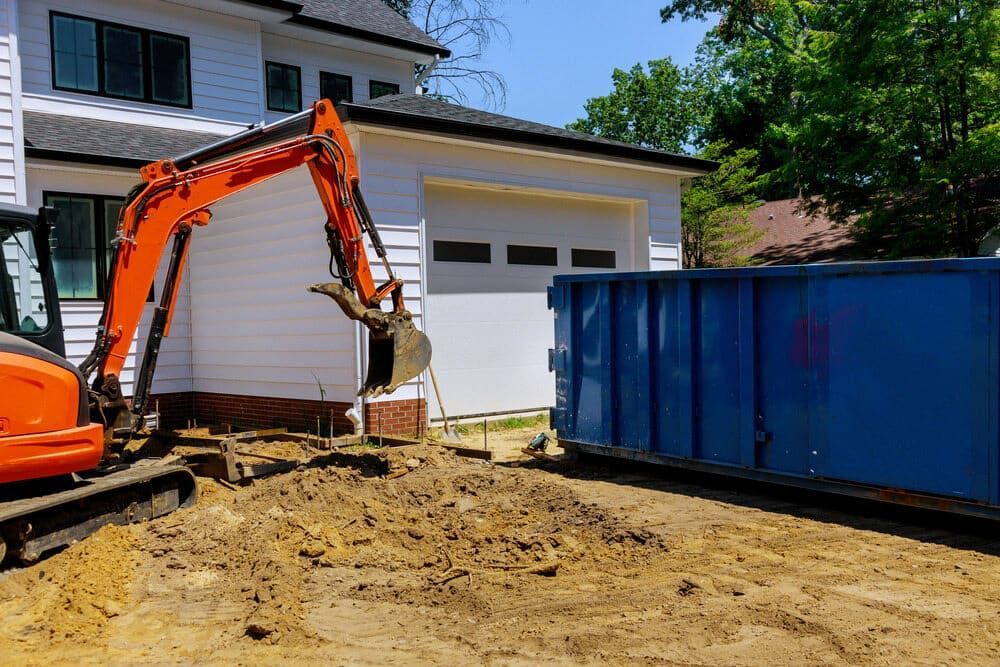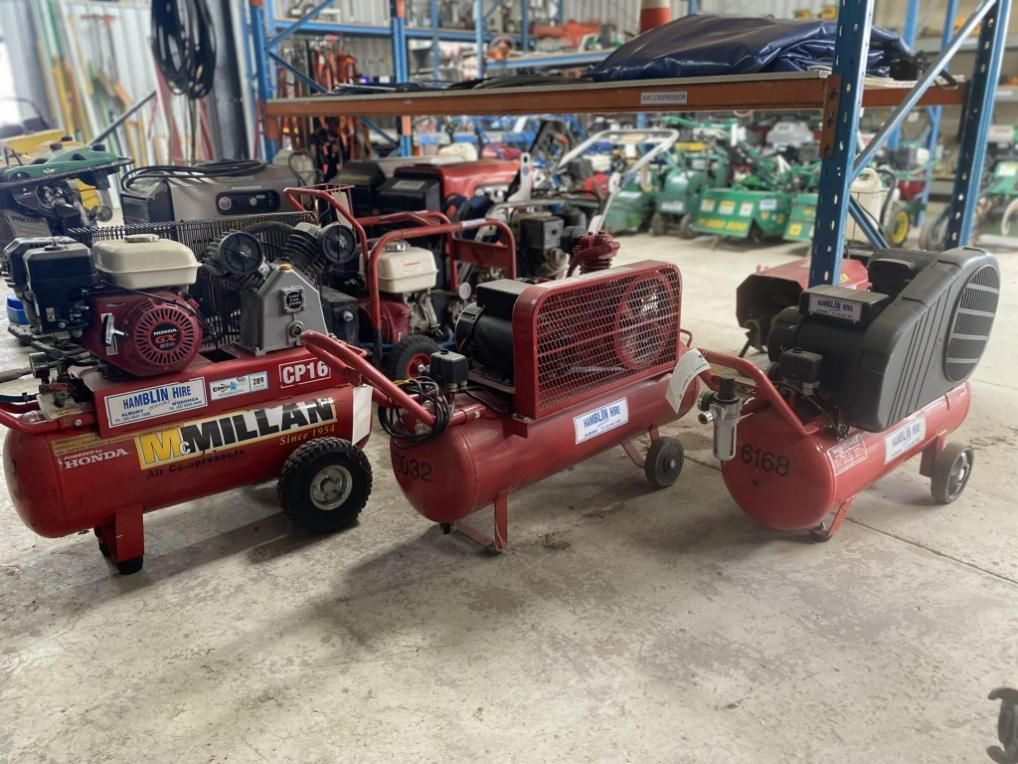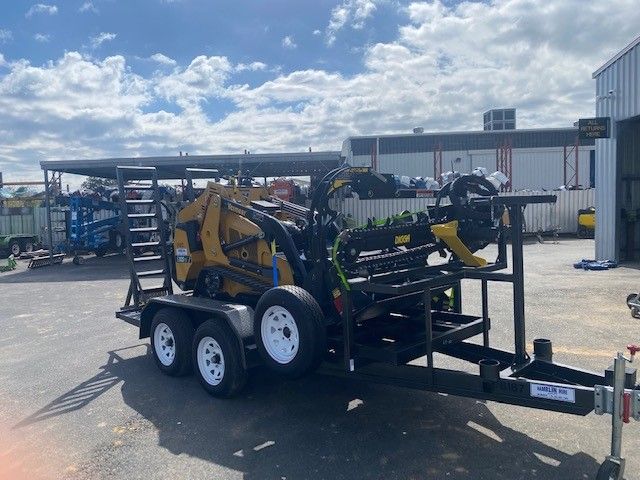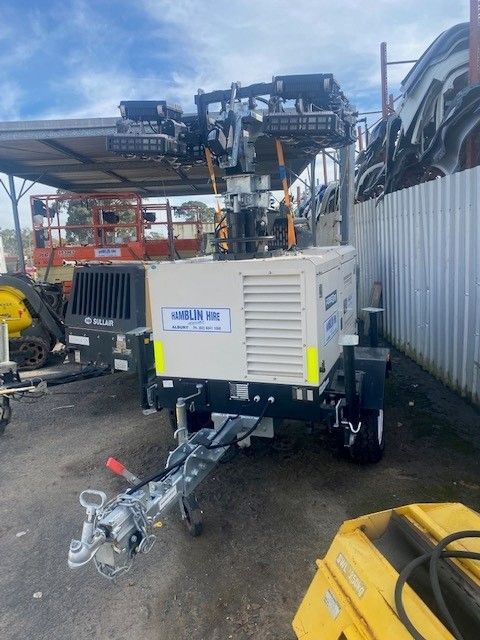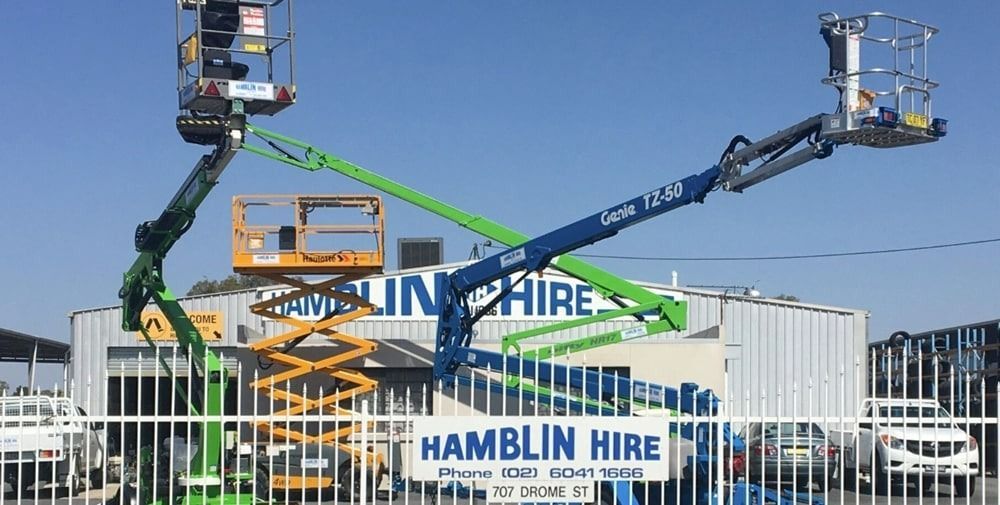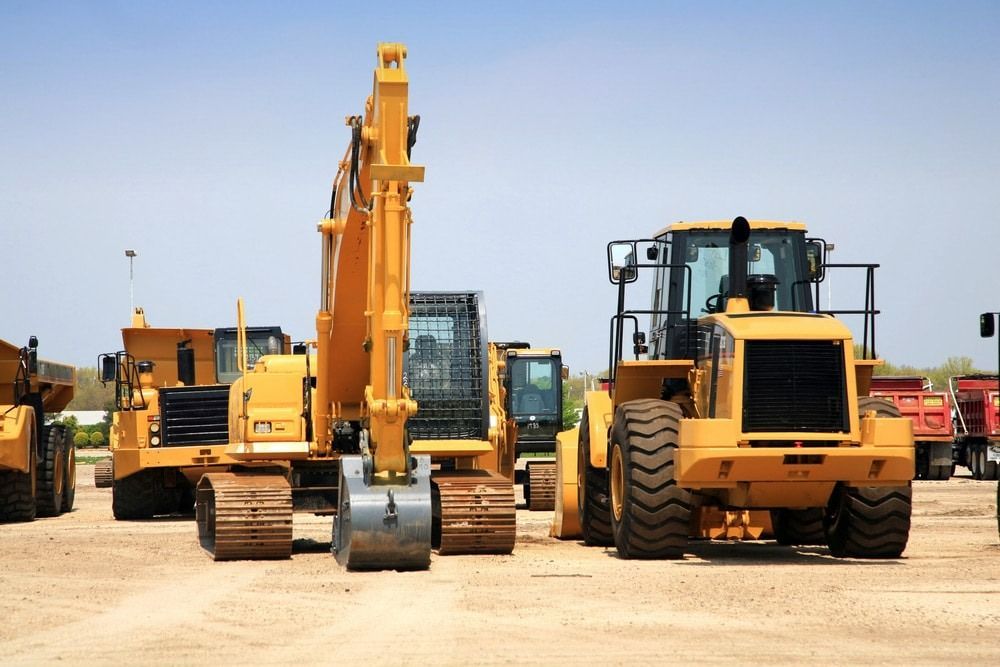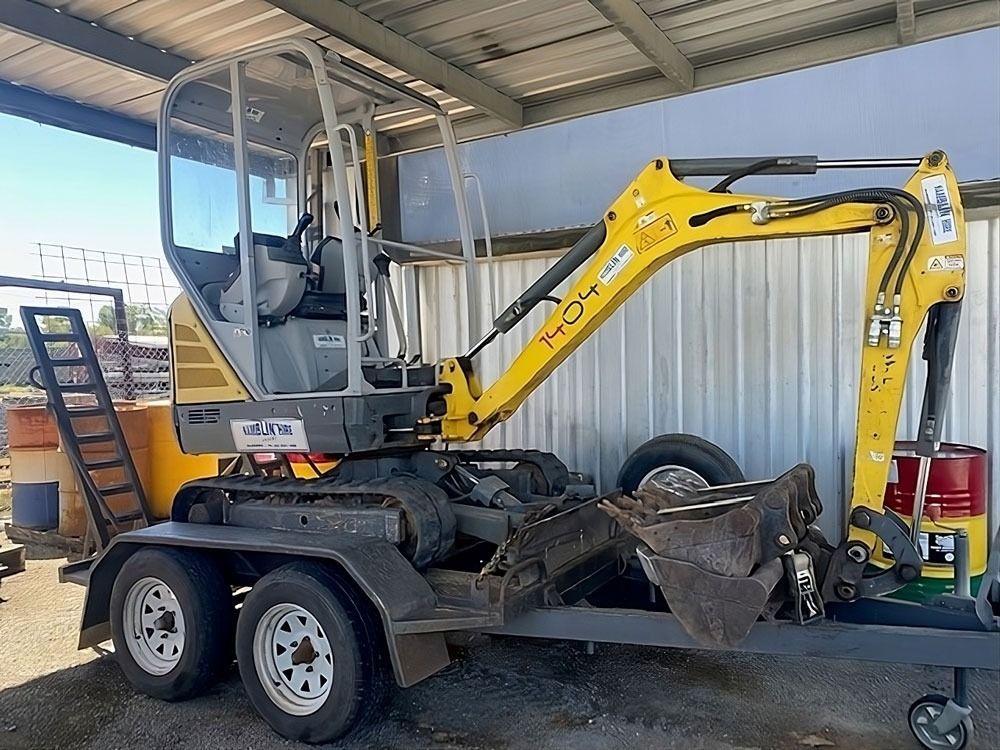7 Essential Safety Tips When Using Dry Hire Equipment
When it comes to managing a construction site or building project, equipment hire plays a central role in keeping operations running efficiently. Dry hire equipment, where machinery is rented without an operator, offers businesses greater flexibility and cost control. However, this arrangement also places full responsibility on the hirer for safe equipment use. Without a skilled operator provided by the rental company, it’s critical that site managers and workers understand how to safely manage the machinery to protect workers, avoid incidents, and maximise productivity.
Let’s explore some essential safety tips that every construction contractor or builder should follow when using dry hire equipment.
No matter how careful you are, accidents can still happen. Having a clear emergency response plan allows your team to act quickly and effectively if an incident occurs.
Your emergency plan should cover:
- First aid kits are easily accessible on-site.
- Clear instructions for shutting down equipment safely.
- Procedures for contacting emergency services.
- Evacuation plans for serious incidents or site hazards.
- Staff training on reporting and managing emergencies.
Review and practice emergency drills regularly to keep staff confident and prepared.
2. Ensure All Operators Are Properly Trained
Unlike wet hire, dry hire does not include a qualified operator. This means that whoever is using the machine must already have the correct training, licences, and experience to operate it safely. Even if your team has operated similar equipment before, not all makes and models function the same way.
To ensure operators are properly equipped to manage the hired equipment, cover the following:
- Verify that licences and certifications are up-to-date for the specific machine type.
- Provide machine-specific induction and training for each hired unit.
- Review operator manuals and familiarise staff with all controls and safety features.
- Conduct regular refresher training to keep skills current.
- Include practical demonstrations to verify competency where necessary.
Well-trained operators reduce the risk of errors, minimise damage to machinery, and help prevent on-site accidents.
1. Fully Understand Your Responsibilities Before Hiring
Dry hire places the full weight of responsibility for equipment safety and correct use onto the hirer. Before committing to any equipment hire, it’s important to review your legal obligations, ensure appropriate insurance is in place, and understand exactly what the hire agreement covers. Skipping over the fine print can lead to costly disputes or safety risks down the track.
The hire agreement should clearly outline:
- The hirer’s responsibility is to operate and maintain the equipment.
- Safety checks and maintenance are required during the hire period.
- Insurance coverage, including any excesses payable for damage or breakdowns.
- Compliance with workplace health and safety regulations.
- Obligations for returning the equipment in a clean and undamaged condition.
Being fully aware of these details ensures you avoid any breaches of contract and helps maintain safe and legal site operations.
3. Conduct Thorough Pre-Start Inspections
Every piece of equipment should undergo a comprehensive inspection prior to its use on-site. Even newly delivered hire equipment may develop issues during transport or storage. Identifying faults early can prevent accidents, costly repairs, and project delays.
Your pre-start inspection checklist should include:
- Checking oil, coolant, hydraulic fluids, and fuel levels.
- Inspecting tyres, tracks or wheels for signs of wear or damage.
- Verifying that safety guards, warning labels, and decals are intact and legible.
- Ensuring lights, alarms, horns, and backup warning systems function correctly.
- Testing the machine’s controls and emergency stop functions.
- Checking for visible leaks, cracks, or loose fittings.
Document all inspections and report any faults to the hire company immediately before operating the equipment.
4. Adapt Safety Procedures to the Job Site
Every worksite presents unique safety risks depending on the environment, weather conditions, and type of work being undertaken. Before any dry hire machinery is used, conduct a site-specific risk assessment and develop control measures to mitigate these hazards.
Factors to assess include:
- Ground conditions: stability, slopes, and potential soft spots
- Proximity to overhead powerlines, underground utilities, or restricted access zones
- Weather risks such as heavy rain, heat, or strong winds
- Pedestrian management, site traffic control, and exclusion zones
- Noise, dust, and vibration levels
Adapting your safety procedures to each site ensures both the equipment and your team remain protected.
5. Use Personal Protective Equipment (PPE) Correctly
Personal protective equipment forms a crucial layer of defence when operating or working near dry hire machinery. The correct PPE helps prevent injuries from moving parts, falling objects, and other on-site hazards.
Essential PPE may include:
- High-visibility clothing for maximum site visibility.
- Steel-capped boots to protect feet from crushing injuries.
- Hard hats are used to guard against head injuries.
- Safety glasses or face shields for eye protection.
- Hearing protection to reduce the risk of hearing loss from noisy equipment.
- Gloves for hand protection when handling attachments or maintenance tasks.
- Respiratory protection is required where dust, fumes, or fine particles are present.
Ensure all workers are fitted with appropriate PPE before each shift and that equipment is in good condition.
6. Operate Within Load Limits & Stability Guidelines
Overloading or operating equipment beyond its rated limits remains one of the most common causes of dry hire accidents. Pushing machinery too far increases the risk of tip-overs, loss of control, or mechanical failure.
To stay within safe operating limits:
- Review the manufacturer’s load charts and operating capacities.
- Ensure loads are evenly distributed and properly secured.
- Avoid lifting loads on uneven or unstable ground.
- Use attachments that are rated for the machine’s lifting capacity.
- Never guess load weights — use certified weighing equipment if unsure.
Remaining within each machine’s safe limits keeps workers protected and prevents damage to equipment and surrounding structures.
7. Have Emergency Plans in Place
No matter how careful you are, accidents can still happen. Having a clear emergency response plan allows your team to act quickly and effectively if an incident occurs.
Your emergency plan should cover:
- First aid kits are easily accessible on-site.
- Clear instructions for shutting down equipment safely.
- Procedures for contacting emergency services.
- Evacuation plans for serious incidents or site hazards.
- Staff training on reporting and managing emergencies.
Review and practice emergency drills regularly to keep staff confident and prepared.
Looking for Reliable Equipment Rental Near You? Contact Us Today
At Hamblin Hire, we understand that dry hire equipment offers flexibility, but also requires careful management. Our wide range of well-maintained equipment is available for hire, backed by clear instructions and advice to help you operate safely. Whether you need access equipment, earthmoving machinery, or general hire gear, we can help you find the right solution for your project.
Browse our full range of equipment hire in Albury Wodonga.
Contact us today for advice or to book your next hire.

